Product photography encompasses various styles tailored to highlight diverse products. From clean and minimalist shots for e-commerce platforms to elaborate compositions for high-end advertisements, the types of product photography are as diverse as the products themselves. Each approach caters to specific marketing needs, emphasizing details, aesthetics, or functionality. Whether capturing clothing, electronics, food, or luxury items, understanding the different types of product photography allows photographers and businesses to create compelling visuals that resonate with their target audience, ultimately driving engagement and sales.
What is Product Photography?
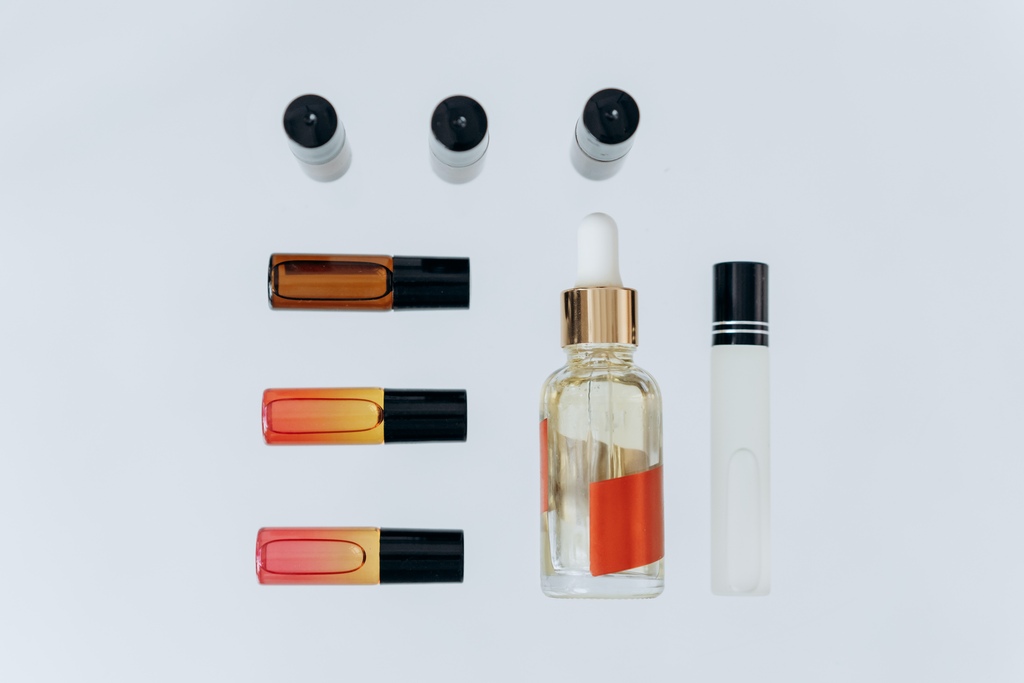
Product photography is a specialized field of commercial photography that focuses on capturing images of products in a way that highlights their features and details. The primary goal of product photography is to present products most appealingly and accurately as possible, whether for use in print catalogs, online stores, advertising, or other promotional materials.
Key aspects of product photography include:
Detail and Clarity
Product photographers strive to capture sharp, clear, and detailed images that showcase the product’s design, texture, and unique features.
Color Accuracy
Ensuring that the colors in the photographs accurately represent the real colors of the product is crucial. This is particularly important for online retailers where customers rely on visuals for purchasing decisions.
Lighting
Proper lighting is essential in product photography to eliminate shadows, highlight textures, and provide even illumination. Studio lighting setups are often used to achieve the desired effects.
Composition
Photographers carefully compose shots to showcase the product from various angles, capturing it in a way that communicates its purpose and benefits.
Background
The background in product photography is usually clean and unobtrusive, to draw attention to the product itself. Common choices include plain white or neutral colors or a background that complements the product.
Props and Styling
Depending on the type of product and the desired aesthetic, photographers may use props and styling elements to enhance the overall look and feel of the image.
Post-Processing
After capturing the images, photographers often engage in post-processing activities to enhance color, sharpness, and overall visual appeal. This may include retouching, cropping, and other adjustments.
Product photography is widely used across various industries, including e-commerce, advertising, marketing, and catalog production. It plays a crucial role in influencing consumer perceptions and purchase decisions by presenting products in an attractive and informative manner.
Types of Product Photography with Examples
Within photography for e-commerce, we can focus more on the types of photography than on the shots we want to take.
We can take the object in question and photograph it from various angles, normally front, side and back.
f the object requires it, it would also be interesting to take a more daring shot of it, a dive shot or a shot against the grain, in order to describe something that might be interesting to show.
It is also essential to look for detail, whether it is because the product has something striking to show, the brand, or even the texture.
And finally, products that are made up of more than one piece, allow you to make small still lifes by separating their parts and combining them.
If to all the material described above, we add the use of advertising photography, you can have a very descriptive and striking sample of the object to generate sufficient interest and encourage the buyer to obtain it.

Product photography encompasses various types and styles, each tailored to showcase products in specific ways to achieve different marketing goals.
15 Essential Types of Product Photography
The various types of product photography serve different purposes and cater to different marketing needs. Whether it’s presenting products in an appealing way, demonstrating functionality, or conveying brand identity, the right type of product photography can significantly enhance the visual impact and effectiveness of product marketing efforts.
1. Hanging Product Photography

This style involves capturing products suspended or hung against a backdrop, giving them a sense of depth and versatility. It is commonly used for clothing, accessories, and jewelry to showcase how they appear when worn or displayed. By showcasing products in this way, potential customers can visualize how they might look on themselves or in their own space, resulting in a more engaging and relatable shopping experience.
2. Flat Lay Product Photography

We encourage you to visit our article: “how to do product photography for catalogue” where we explain in more detail some tricks and factors to take into account when doing product photography. And if you feel like it, visit our website to get to know us better and encourage you to make us part of your project.
3. Normal Size Product Photography

This type aims to capture the product at its actual size, providing an accurate representation. It is commonly used for various products, including appliances, electronics, and household items. Normal-size photography helps customers evaluate the product’s proportions, dimensions, and usability, allowing them to make informed purchasing decisions. By presenting products in their true size, this type of photography helps build trust and transparency between the brand and the customer.
4. Large Product Photography
This style focuses on capturing larger products such as furniture, artwork, or vehicles. It requires carefully arranging the surroundings and lighting to showcase the product’s size and features effectively. Large product photography helps potential customers visualize how the product would fit in their space or environment. By highlighting the details, textures, and finishes of larger items, it conveys a sense of quality and craftsmanship, making them more appealing and desirable.
5. Macro Product Photography

Macro photography involves capturing extreme close-ups of products to highlight intricate details. It is commonly used for jewellery, watches, and small accessories to emphasize their craftsmanship. Macro photography allows viewers to see the finer details of products, such as gemstones, engravings, textures, or intricate patterns. By showcasing these meticulous details, it creates a sense of luxury and exclusivity, enticing potential customers who appreciate the fine craftsmanship and attention to detail.
6. Process Product Photography
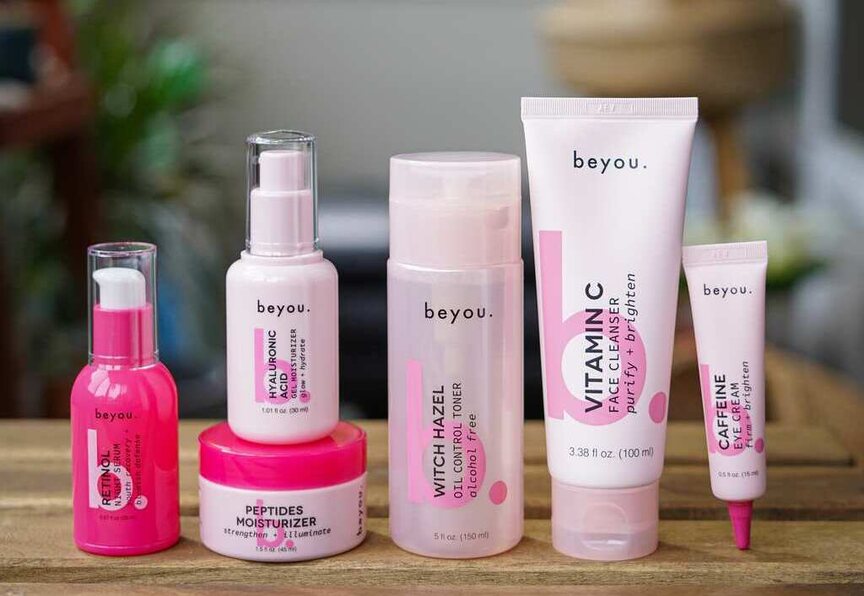
This type of document documents the step-by-step process of creating or using a product. It adds a narrative element by showcasing the product in different stages of production or demonstrating its functionality.
Process product photography provides an inside look into the production or usage of a product, fostering transparency and building trust with customers. Additionally, it can serve as an educational tool, helping customers understand the intricacies and value of a product by showcasing its features, durability, or unique manufacturing techniques.
7. White Background Product Photography

This classic style uses a plain white backdrop to highlight the product’s features without distractions. It is commonly employed for e-commerce product images and catalogue shots. With a clean and minimalistic aesthetic, white background photography allows the product to take centre stage. By eliminating any visual clutter, potential customers can focus solely on the product, observing its shape, colour, texture, and functionality, which is crucial for online shoppers who rely heavily on product imagery to make purchase decisions.
8. Advertising Product Photography
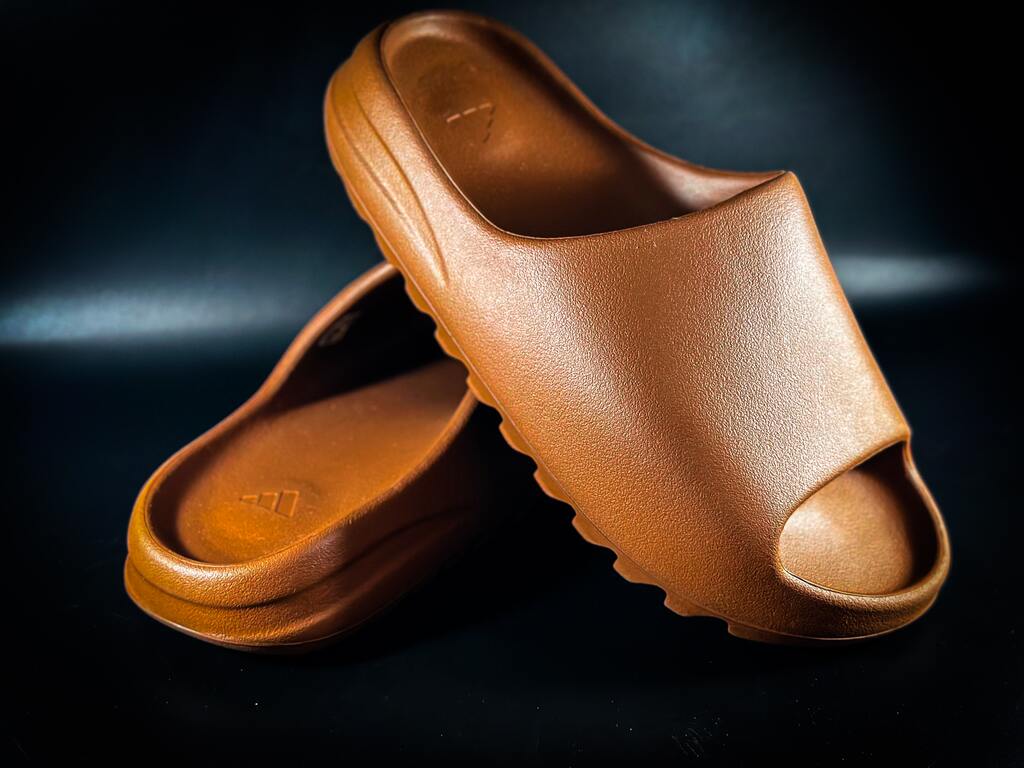
Advertising product photography focuses on creating visually compelling images that evoke emotions and promote brand awareness. It typically involves staging elaborate scenes, using props, and employing creative lighting techniques to make products stand out. Advertising photography aims to tell a story and generate interest in a product beyond its features. By creating visually captivating images that resonate with the target audience, it helps build brand recognition, association, and emotional connection, ultimately driving consumer sales and loyalty.
9. Packaging Product Photography
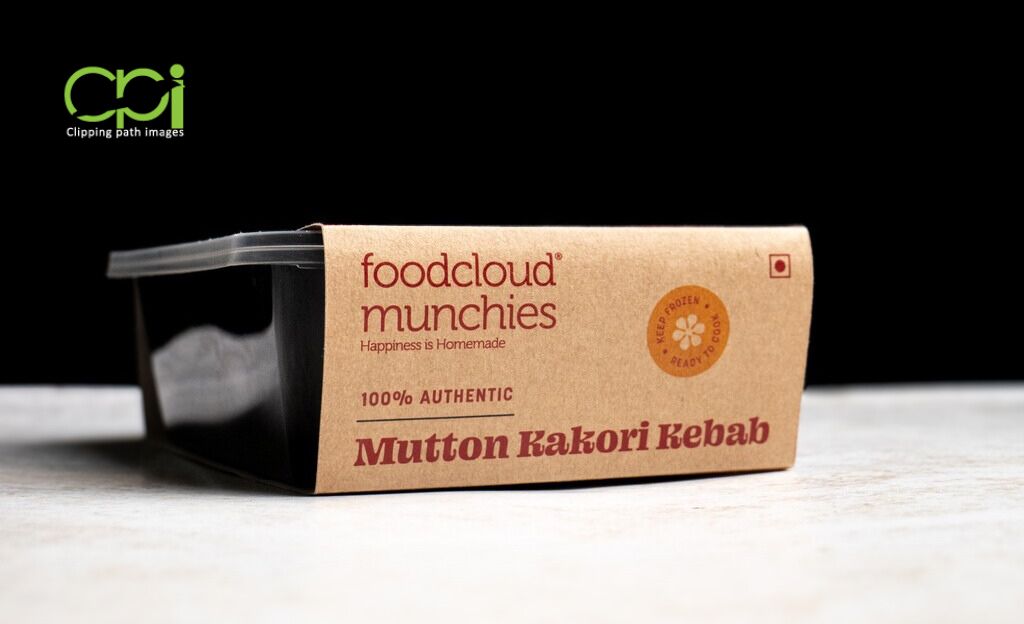
This type captures product packaging to showcase its design, branding, and appeal. It is commonly used for food, cosmetics, and consumer goods to entice customers based on the packaging’s aesthetics and messaging. Packaging photography is essential in communicating the brand’s identity and product positioning. By highlighting the packaging design, materials, colours, and typography, it conveys the brand’s values and quality, captivating potential customers and influencing their purchasing decisions.
10. Mannequin Product Photography
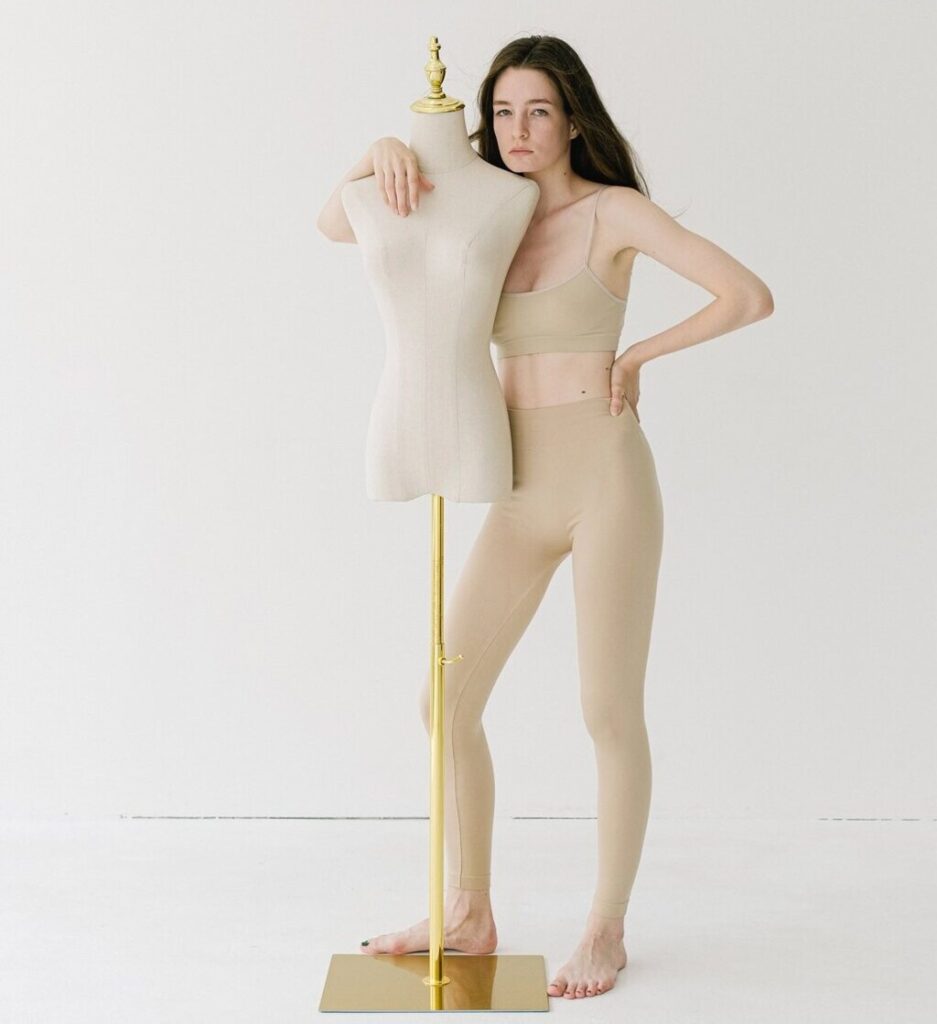
Mannequin product photography involves using a mannequin or model to display clothing and apparel. It helps customers visualize how the garments will fit and drape on a real person. By showcasing the clothing in a realistic manner, potential buyers can better understand the style, proportions, and overall look of the garments.
11. Hero Shot Product Photography

Hero shot photography aims to create attention-grabbing images that highlight the main features and benefits of a product. It often involves dramatic lighting, dynamic compositions, and a focus on the product’s unique selling points. Hero shots are commonly used in advertising and promotional materials to create a visually impactful representation of the product and generate interest.
12. Action Product Photography
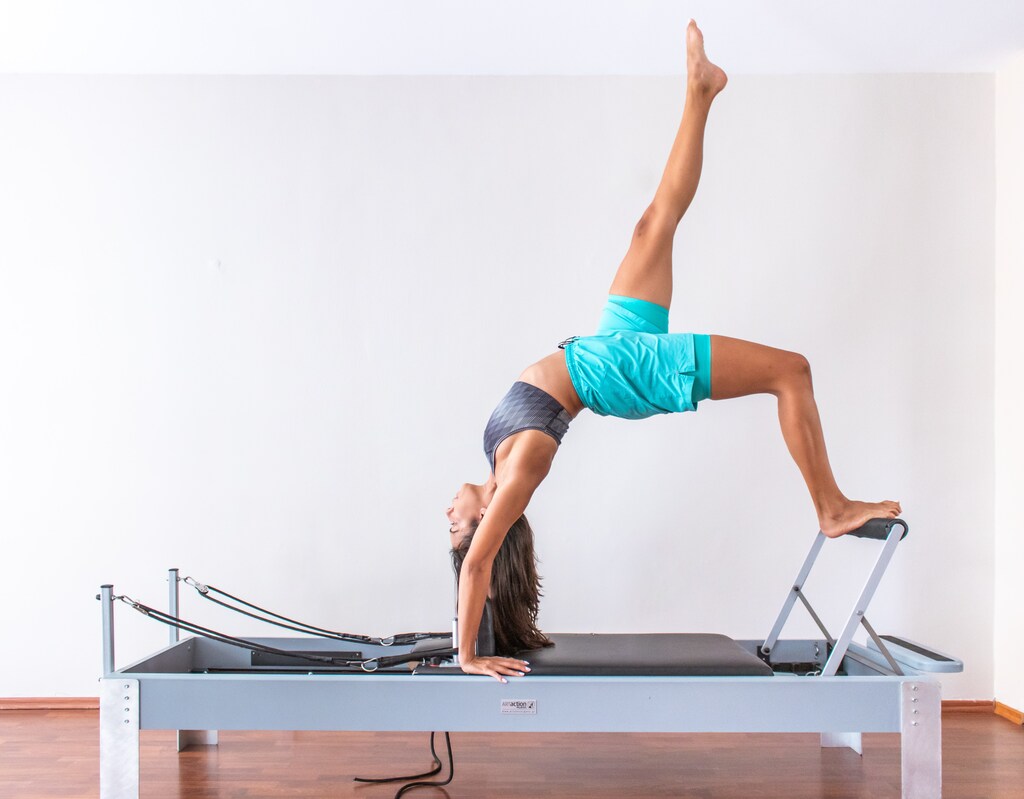
Action product photography captures the product in use or in motion to demonstrate its functionality and performance. This type of photography is common for sports equipment, appliances, and gadgets. By showing the product in action, potential buyers can visualize how it can enhance their lives or improve their activities.
13. Studio Product Photography
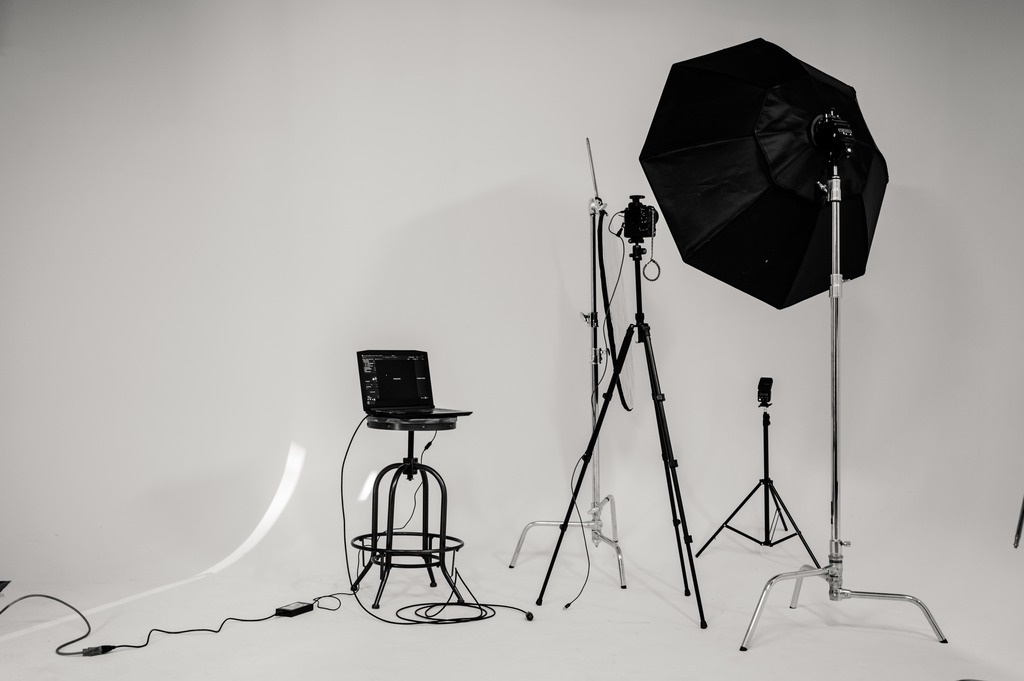
Studio product photography involves capturing products in a controlled studio environment, often with professional lighting setups and a variety of backdrops. It allows for maximum control over the lighting, composition, and overall aesthetic of the images. Studio photography is versatile and can be applied to various product types, allowing for consistent and high-quality results.
14. Group Product Photography

Group product photography showcases multiple products together in a single image. It is useful for demonstrating product variations, sets, or collections. For example, this style can be seen in furniture catalogs showcasing matching pieces or in cosmetic product images featuring different shades or product combinations.
15. Individual Product Photography

Individual product photography focuses on capturing a single product as the primary subject. It is commonly used for products that require close-up shots to showcase their details, textures, or unique features. This type of photography allows for a focused and detailed representation of the product, highlighting its key attributes.
Product Photography Tips and Process

Product photography is an essential aspect of showcasing and marketing products effectively. To achieve high-quality results, it is crucial to follow a systematic process and employ various tips and techniques. A successful product photography session begins with a thorough understanding of the product’s unique qualities and the establishment of a suitable shooting space. Here are more detailed tips for product photography:
- Understand the product: Take the time to thoroughly understand the product you are photographing. Consider its unique features, angles, and any specific elements that need to be highlighted.
- Set up a suitable shooting space: Find a well-lit area with enough space for your equipment, product, and props. Clean and declutter the area to create a professional backdrop for your images.
- Lighting: Lighting is crucial in product photography. Natural light can provide a soft and diffused effect, while studio lighting allows for complete control. Experiment with different lighting setups, including diffusers, reflectors, or lightboxes, to achieve the desired look.
- Use a tripod: A tripod ensures stability and reduces the risk of blurry images. It allows for precise composition and makes it easier to work with longer exposure times or multiple shots.
- Composition and angles: Experiment with various angles and compositions to create visually appealing images. Consider the product’s shape, size, and purpose when deciding on the best angles and framing.
- Props and styling: Props can add context and enhance the overall visual appeal of the product. Use props that are relevant and complement the product without overpowering it. Pay attention to details like arranging the product neatly and removing any dust or fingerprints.
- Post-processing: After capturing your images, use photo editing software, such as Adobe Photoshop or Lightroom, to enhance the colors, adjust brightness and contrast, and remove any imperfections. However, ensure that the final images maintain a natural and realistic representation of the product.
- Consistency: Consistency is vital, especially when capturing multiple products for catalogs or e-commerce platforms. Use consistent lighting, composition, and styling to maintain a cohesive and professional look across all product images.
- Focus on details: For macro shots or products with intricate details, use a macro lens or camera settings to capture sharp and clear close-ups. Highlighting these details can entice potential customers and showcase the product’s quality.
- Experiment and innovate: While there are general guidelines, don’t be afraid to experiment and inject your creative ideas. Explore different angles, lighting techniques, and compositions to create unique and eye-catching product images.
Remember, practice and patience are key. Over time, you will refine your skills and develop your style in product photography.
Why Should You Know Different Types of Product Photography?
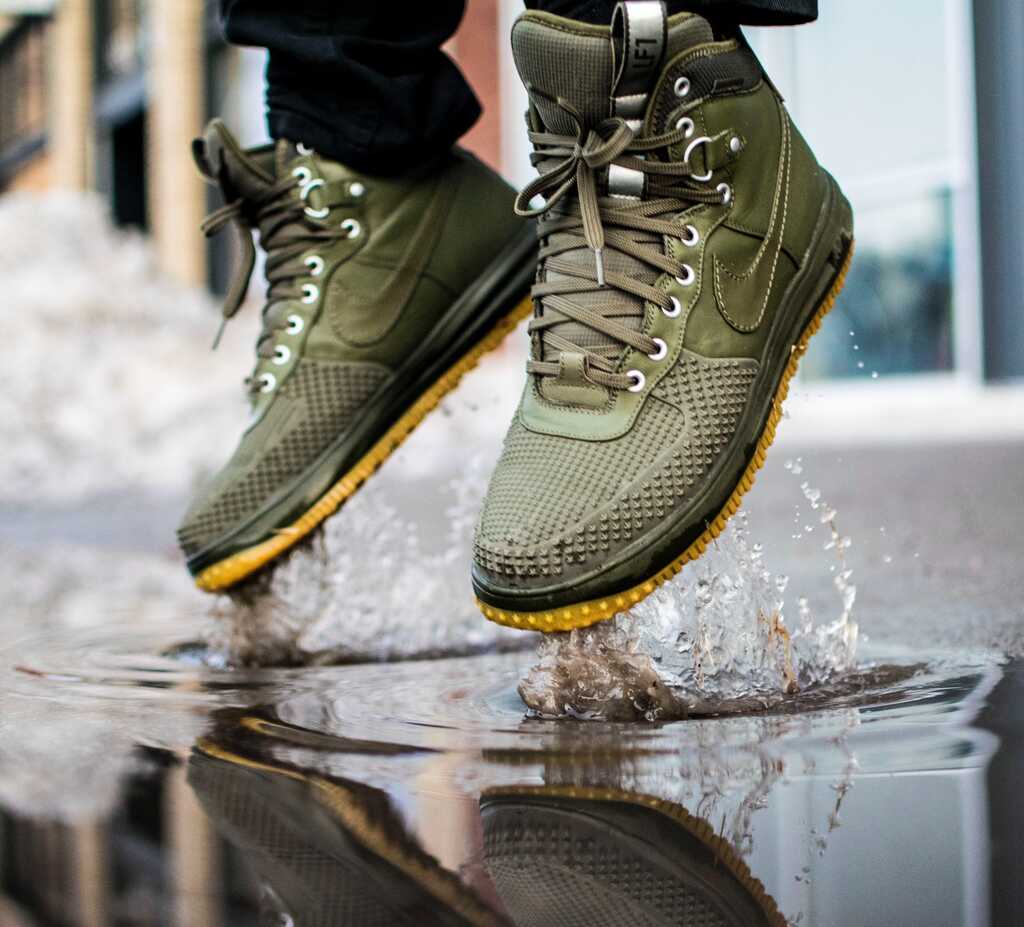
Knowing different types of product photography is essential for any aspiring or professional photographer. Understanding the various styles and techniques allows photographers to choose the most suitable approach to capture and present products effectively. Each type of product photography offers unique benefits and caters to specific marketing needs. By being knowledgeable about these different styles, photographers can tailor their work to match the product, target audience, and marketing objectives. This knowledge helps photographers create visually appealing images that engage viewers, enhance brand identity, and drive sales.
Knowing different types of product photography is crucial for several key reasons:
1. Matching the product to the appropriate style
Different products have unique characteristics, and certain styles of photography may enhance their visual appeal more effectively. Understanding the various types of product photography allows you to choose the most suitable style that aligns with the product’s features, purpose, and intended audience.
2. Catering to marketing needs
Each type of product photography serves different marketing goals. By being knowledgeable about the various styles, you can select the type that best aligns with your marketing objectives. For example, lifestyle product photography may be more suitable for creating a story or emotional connection with the audience, while white background photography may be ideal for e-commerce platforms.
3. Engaging your target audience
Different styles of product photography can resonate with different target audiences. By understanding the preferences and expectations of your target demographic, you can select a type of product photography that speaks to them. This enhances the likelihood of capturing their attention, piquing their interest, and ultimately driving their purchase decisions.
4. Crafting a cohesive brand image
Consistency is vital in building a strong brand image and identity. By knowing and utilizing different types of product photography, you can create a cohesive visual language across your marketing collateral. This consistency helps consumers recognize and connect with your brand, fostering trust and loyalty.
5. Adapting to different platforms and marketing channels
Product photography is used across various platforms, including e-commerce websites, social media, print catalogs, and advertisements. Each platform may have its guidelines and requirements for image presentation. Knowing different types of product photography allows you to adapt and tailor your visual content to suit the specific platform, maximizing its impact and effectiveness.
In summary, understanding different types of product photography enables you to make informed decisions that align with your product, marketing goals, target audience, and brand image. It empowers you to create visually compelling content that engages and resonates with your customers, ultimately driving sales and promoting brand growth.
Tools to Get Started With Product Photography
Product photography is a critical component of successful online marketing. High-quality, appealing images can make all the difference in attracting potential customers. To start with product photography, you need a few essential tools. Here’s a guide:
- Camera: A DSLR or mirrorless camera is ideal. However, even a high-end smartphone can work if you’re just starting out.
- Lenses: Consider a macro lens for close-ups and a 50mm lens for general purposes.
- Tripod: This helps stabilize your camera for clearer, sharper images.
- Lighting: Softbox lights or LED panels provide controlled lighting. A lightbox or photography tent can also be useful for smaller products.
- Reflectors and Diffusers: These tools help balance lighting in your photos, reducing harsh shadows.
- Backgrounds: Simple, neutral backgrounds help your product stand out. Paper roll-up backgrounds or simple materials like a white sheet work well.
- Editing Software: Software such as Adobe Lightroom or Photoshop helps enhance your photos.
- Props: These add context to your photos, but remember to keep them minimal to not distract from the product.
- Training: Online tutorials and courses can be very beneficial to learn the basics of photography and photo editing.
Remember, product photography is a skill; like any skill, it takes time and practice to master. Start with basics, experiment, learn, and gradually upgrade your tools as you progress.
Why Product Photography Increases Conversions
Product photography plays a vital role in increasing conversions because it’s a pivotal part of a customer’s decision-making process. High-quality, professional images not only showcase a product’s features and details but also build trust by demonstrating that the business invests in its presentation.
Potential customers can’t physically touch or test online products, so clear, accurate photos provide a vital understanding of the product. Multiple angles and close-ups allow customers to virtually ‘experience’ the product, reducing uncertainty. Moreover, high-quality product photography can evoke emotions and project lifestyle aspirations, which can strongly influence buying decisions. Effective product photos also enhance overall website aesthetics, improving user experience and brand perception.
Therefore, investing in professional product photography can significantly increase online store conversions by boosting customer trust, reducing uncertainties, and enhancing shopping experiences.
Software Uses For Post-Processing In Product Photography
Post-processing in product photography is a crucial step to enhance images and correct any flaws. There are numerous software options available for this purpose, each offering a unique set of features:
1. Adobe Lightroom
Lightroom is one of the most popular choices for photographers of all types. It offers comprehensive tools for importing, organizing, editing, and exporting photos. Key features include exposure adjustment, color correction, cropping, noise reduction, and sharpening.
2. Adobe Photoshop
Photoshop is a powerful tool for detailed editing and retouching. It’s perfect for tasks like removing backgrounds, composite work, or any advanced editing that Lightroom can’t handle. It’s often used in conjunction with Lightroom: initial edits in Lightroom, and detailed work in Photoshop.
3. Capture One
This is professional-grade software favored by many studio photographers. It’s known for its excellent color grading capabilities and tethered shooting feature, which is particularly useful in a studio product photography setup.
4. Affinity Photo
As a cheaper, one-time-purchase alternative to Adobe’s subscription-based products, Affinity Photo offers a comprehensive suite of editing tools. Its features are comparable to those of Photoshop, making it excellent for detailed retouching.
5. GIMP
The GNU Image Manipulation Programme (GIMP) is a free, open-source photo editor. While it might not have the full range of capabilities as some premium software, it offers a surprising array of features, including layers, exposure and color adjustments, and various retouching tools.
6. Skylum Luminar
Luminar uses AI technology to streamline the editing process, making it a good option for beginners or anyone looking for a quicker editing process. It also offers unique features like sky replacement and sun ray filters.
7. ON1 Photo RAW
This all-in-one photo organizer, editor, raw processor, and effects app is a solid choice for photographers seeking an extensive range of features in a single platform. It combines features from Lightroom and Photoshop, making it a comprehensive post-processing tool.
Each software has its pros and cons, and the best one for you depends on your specific needs, budget, and personal preference. Most of these options offer free trials, so it’s worth experimenting with a few to see which one you prefer.
Conclusion
In conclusion, the type of product photography you choose significantly influences how your audience perceives your product. Traditional product-only shots, in-context or lifestyle images, and detailed close-ups each serve specific purposes, from providing clear, accurate product details to showcasing the product in use and evoking emotions.
Scale shots help provide a size reference, while group photos allow comparisons of different product variants. Packshot photography is crucial for e-commerce sites, while 360° or 3D images offer an immersive view. Choosing the right type of product photography depends on your product, your target audience, and the story you want to tell.

